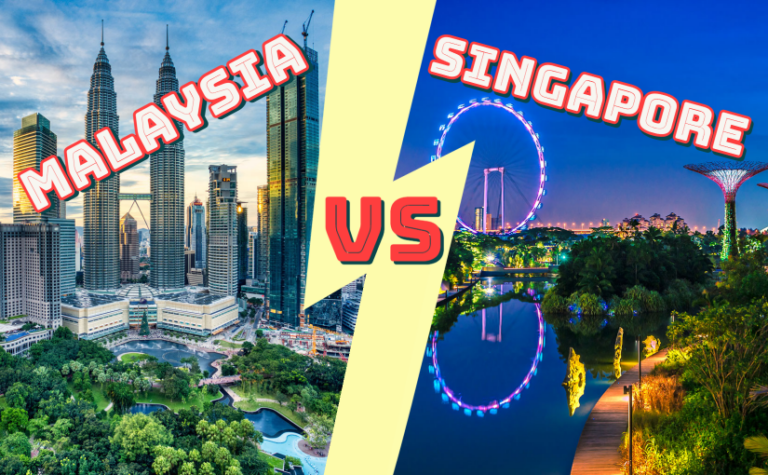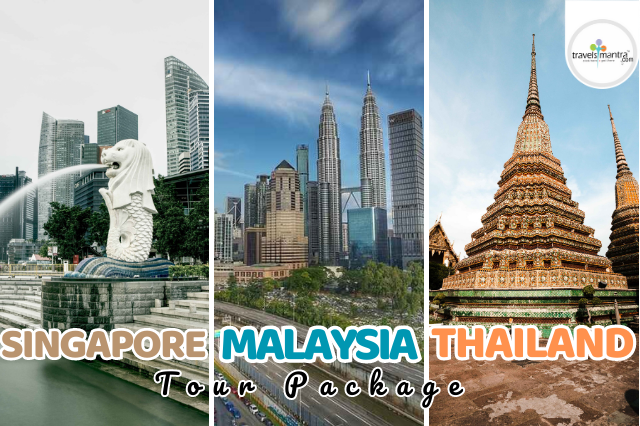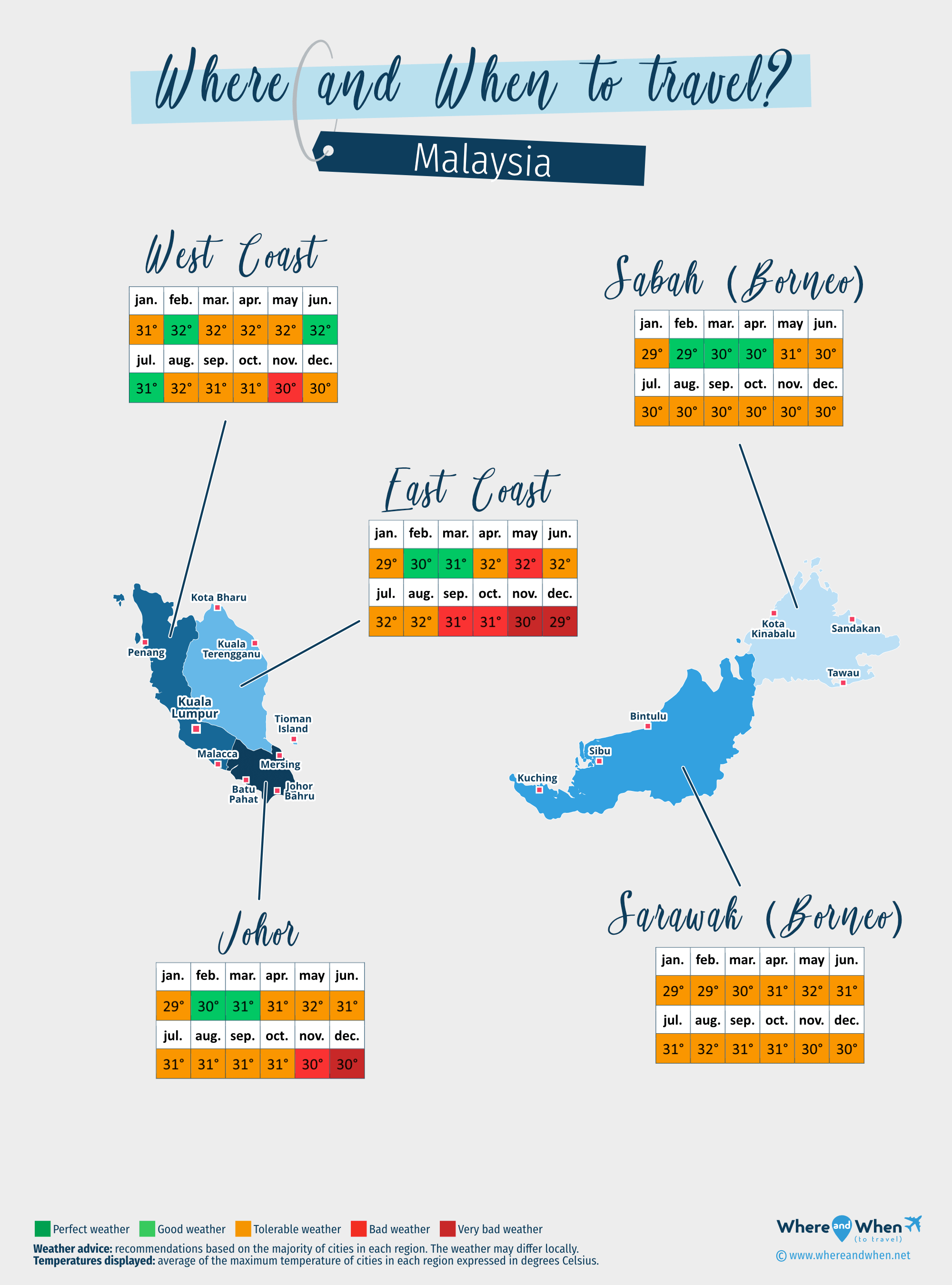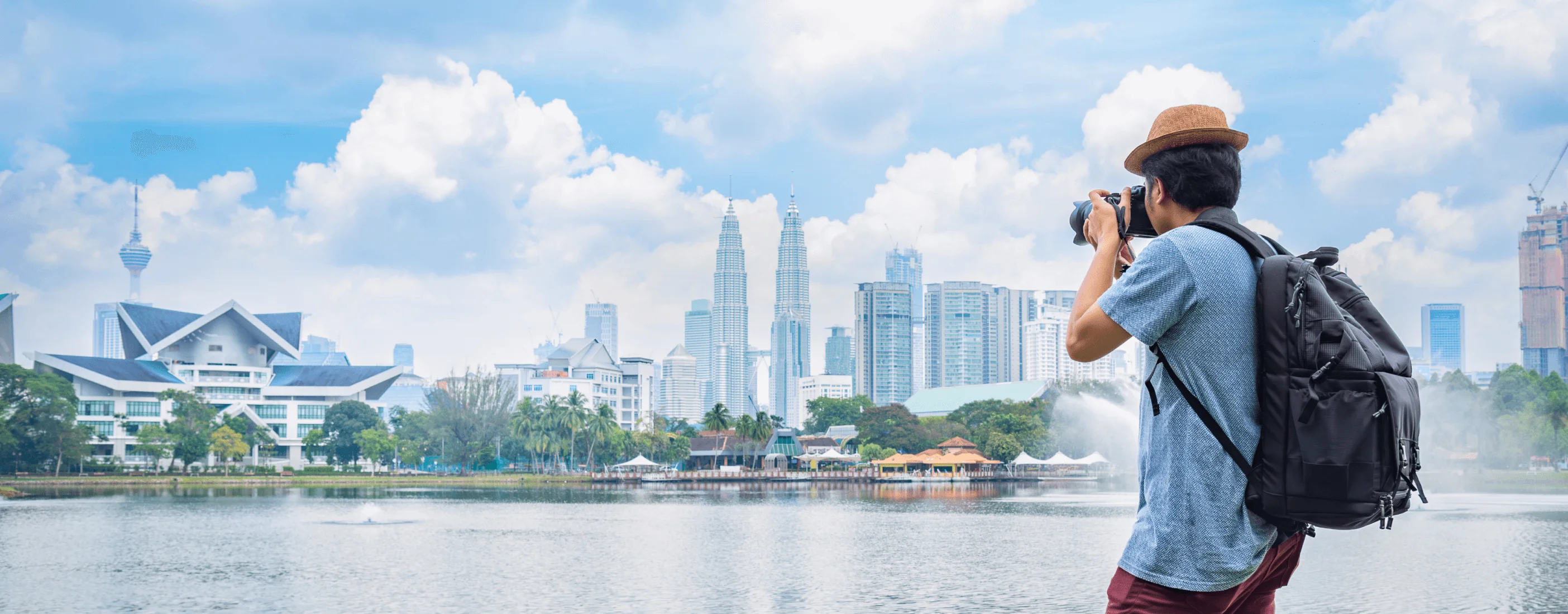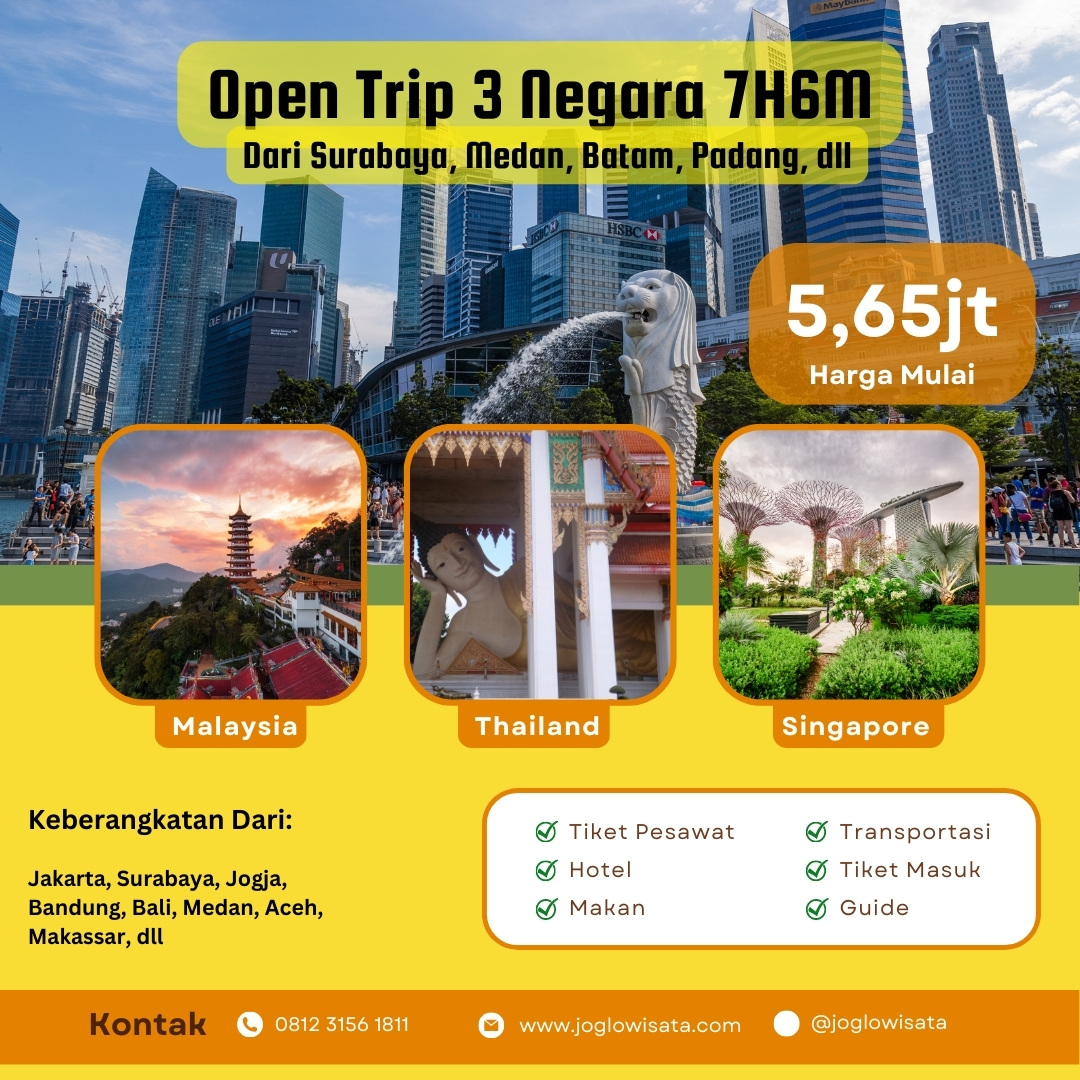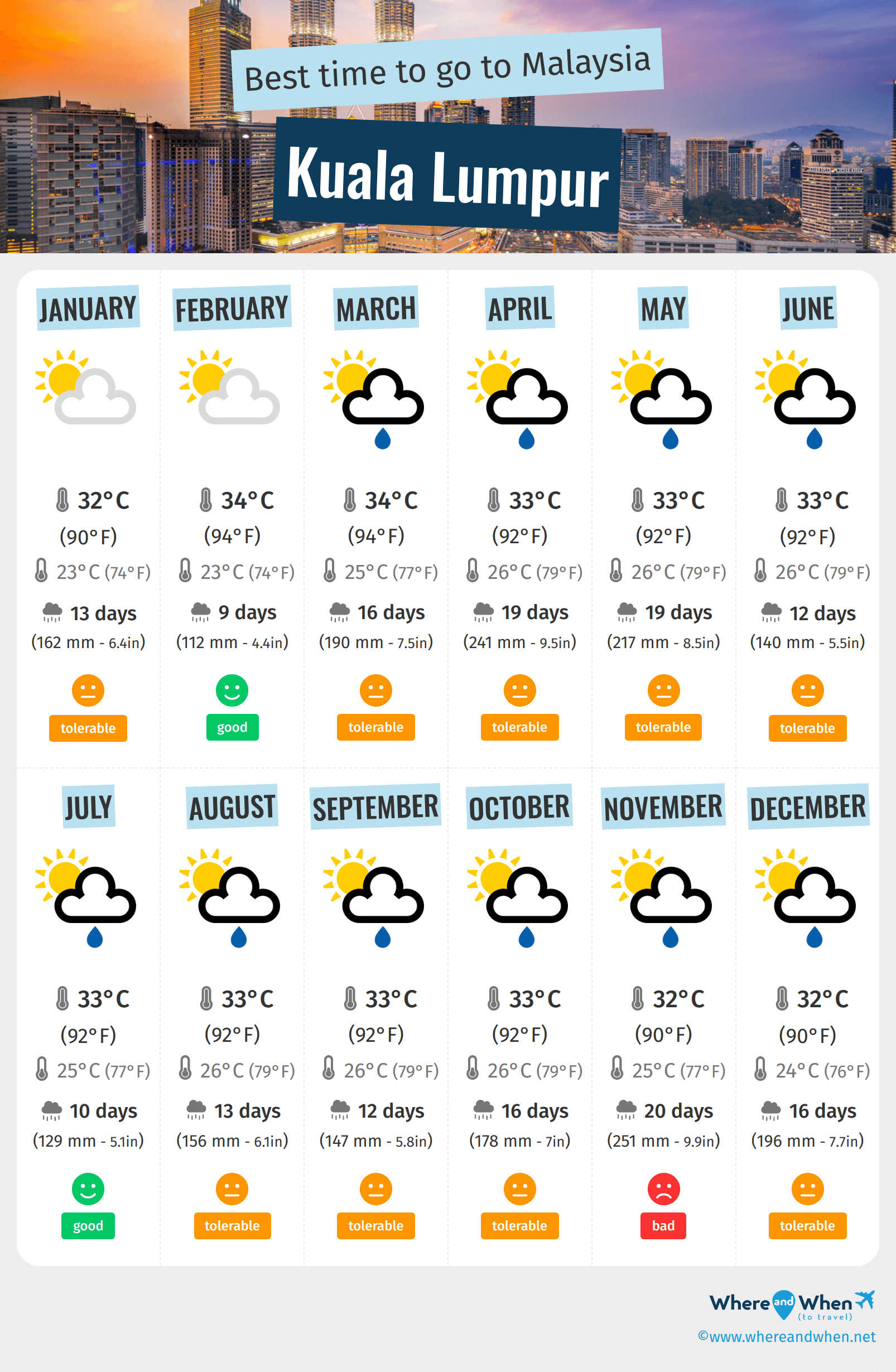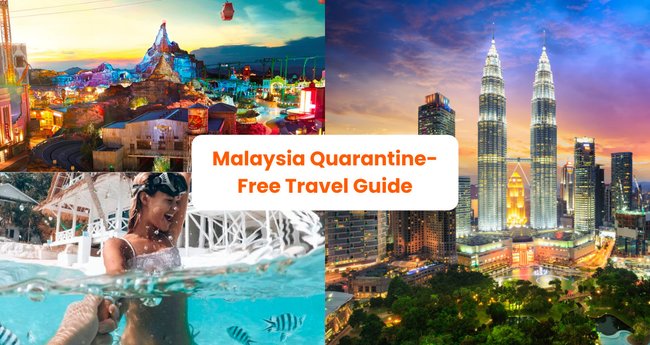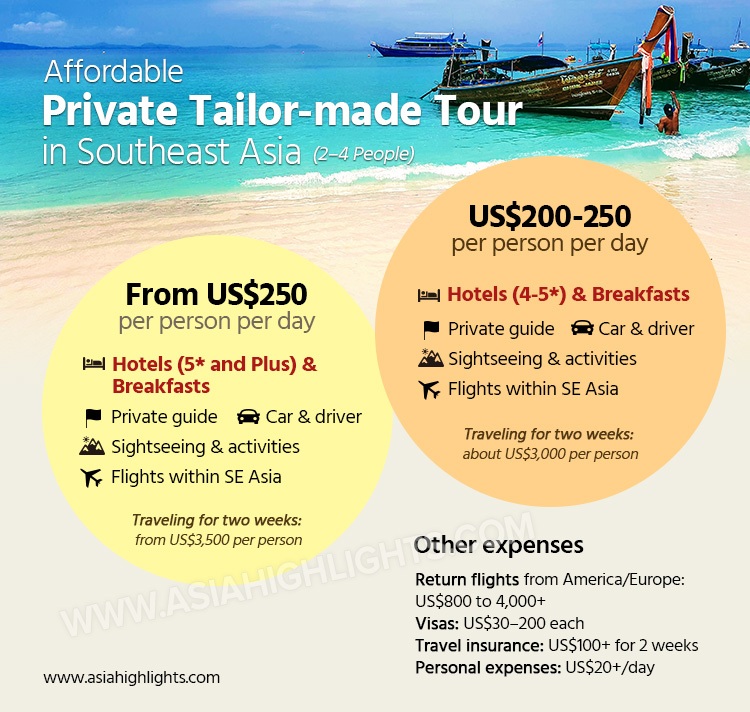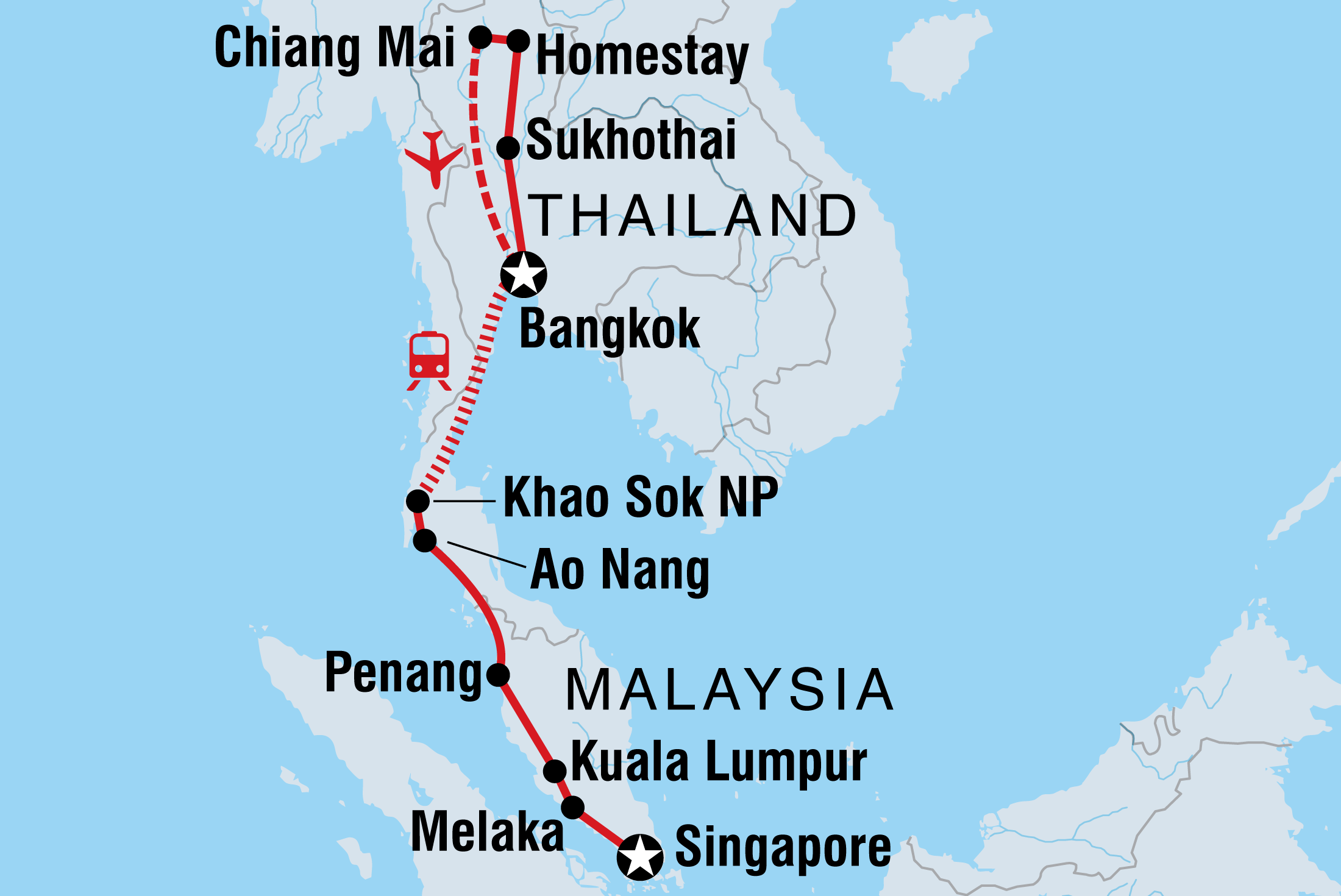Best Time To Go To Malaysia And Singapore
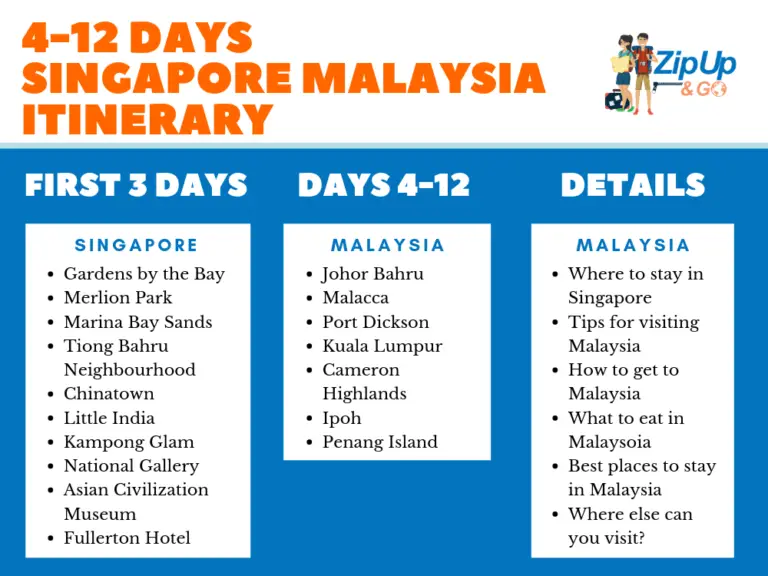
Planning a Southeast Asian escape? The optimal window for experiencing both Malaysia and Singapore is rapidly approaching. Here's your essential guide to navigating the climate and crowds to make the most of your trip.
This article provides the crucial information you need to determine the best time to visit Malaysia and Singapore, considering weather patterns, peak seasons, and major events that could impact your travel plans and budget. We cut through the noise and deliver actionable advice for a seamless and unforgettable experience.
Malaysia: Timing Your Tropical Adventure
The best time to visit Malaysia largely depends on which region you're targeting. Generally, a sweet spot exists between March and September for the west coast (Kuala Lumpur, Penang, Langkawi).
During these months, expect drier conditions and lower humidity, making exploration much more comfortable. The shoulder seasons (March-April and September) offer a balance of good weather and fewer crowds.
For the east coast (Perhentian Islands, Tioman Island), the dry season runs from March to September. Avoid the northeast monsoon season from November to February, which brings heavy rainfall and often disrupts ferry services.
For Borneo (Sabah and Sarawak), the dry season spans from March to September. Be aware that even during the dry season, rainforests experience localized showers.
Consider the Gawai Festival in Sarawak (usually late May or early June) for a unique cultural experience. This celebration involves traditional dances, music, and food.
Major holidays like Hari Raya Aidilfitri (Eid al-Fitr) and Chinese New Year can lead to increased prices and crowds. Plan accordingly and book accommodations well in advance.
Singapore: Year-Round Appeal with Strategic Timing
Singapore boasts a consistently warm and humid climate throughout the year. However, some periods are preferable to others for minimizing rainfall and humidity.
The driest months are typically February to April. This period offers the most sunshine and the least amount of rainfall, ideal for outdoor activities and sightseeing.
Avoid the monsoon season from November to January, which brings frequent downpours. While it doesn't completely halt activities, it can significantly impact your itinerary.
Consider visiting during the Singapore Food Festival (usually in July or August) or the Great Singapore Sale (typically June to August) for unique experiences and deals.
The Formula 1 Singapore Grand Prix (usually in September) attracts massive crowds and significantly increases hotel prices. Be prepared for congestion and book well in advance if you plan to attend.
Be mindful of major holidays such as Chinese New Year and National Day (August 9th), which can lead to crowded attractions and higher prices.
Navigating Peak Seasons and Crowds
School holidays in Southeast Asia, particularly in Malaysia and Singapore, can significantly increase tourist numbers and prices. Check local school calendars before planning your trip.
Booking accommodations and flights well in advance is crucial, especially if traveling during peak season. Consider booking at least 3-6 months ahead for popular destinations.
Flexibility is key. Be prepared to adjust your itinerary based on weather conditions or unforeseen circumstances. Having backup plans can save you time and stress.
Budget Considerations
Travel costs tend to be higher during peak season. Consider traveling during the shoulder seasons for better deals on flights and accommodations.
Look for promotions and discounts on attractions and activities. Many tourism boards and online travel agencies offer deals for specific periods.
Factor in potential costs associated with rain gear and indoor activities if traveling during the monsoon season.
Conclusion: Your Next Steps
The ideal time to visit Malaysia and Singapore hinges on your specific interests and tolerance for weather conditions. Prioritize the dry seasons (March-September for Malaysia, February-April for Singapore) and book early to secure the best deals.
Continuously monitor weather forecasts and local news for any updates or potential disruptions to your travel plans. Prepare for varying levels of humidity and pack accordingly.
Stay tuned for further updates on travel advisories and potential COVID-19 related restrictions as the situation evolves. Always check the latest guidelines from official sources before your departure.

